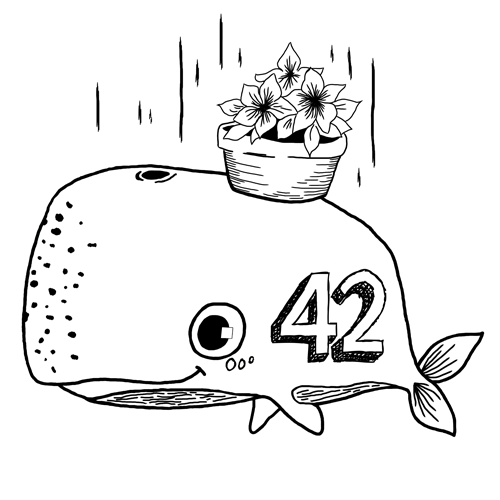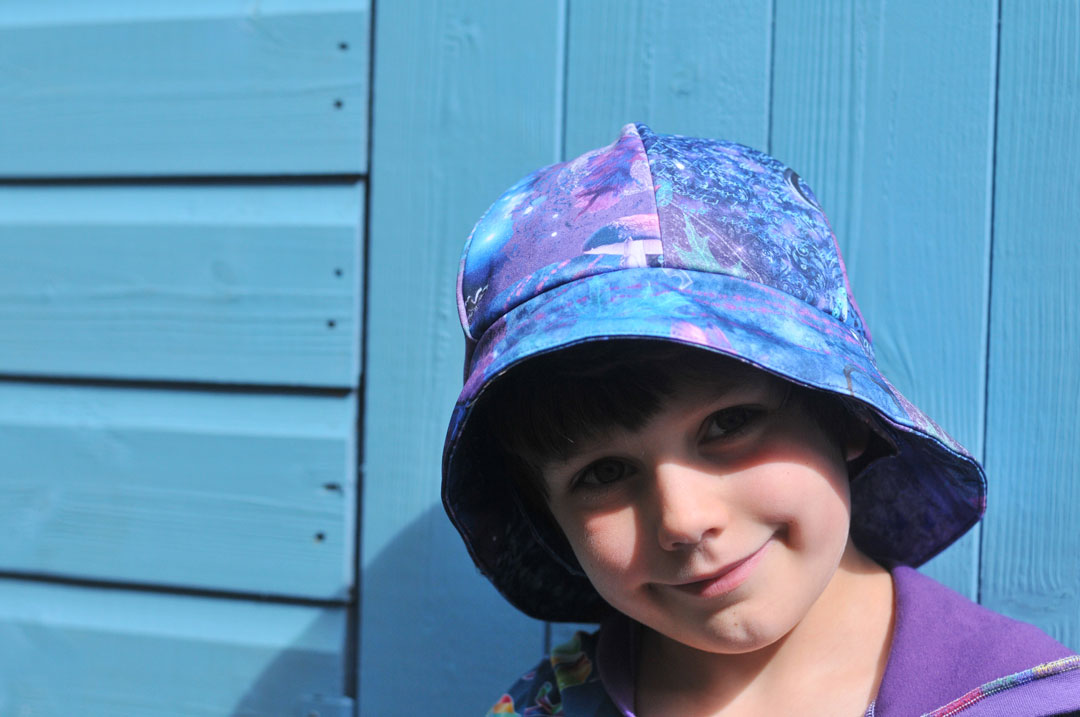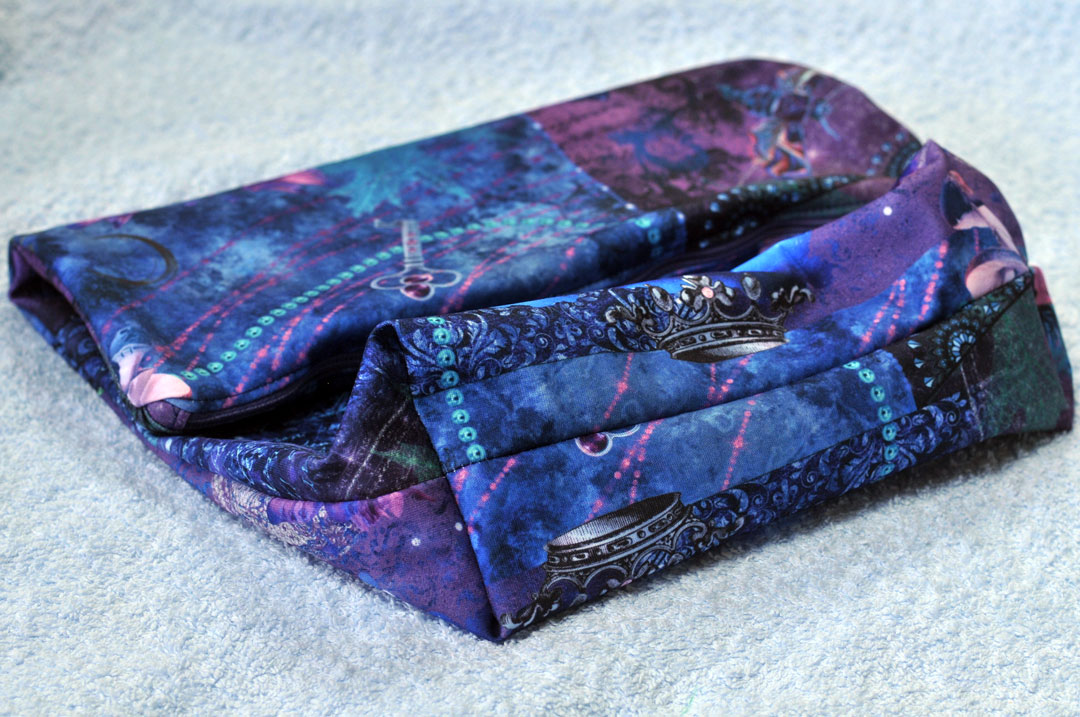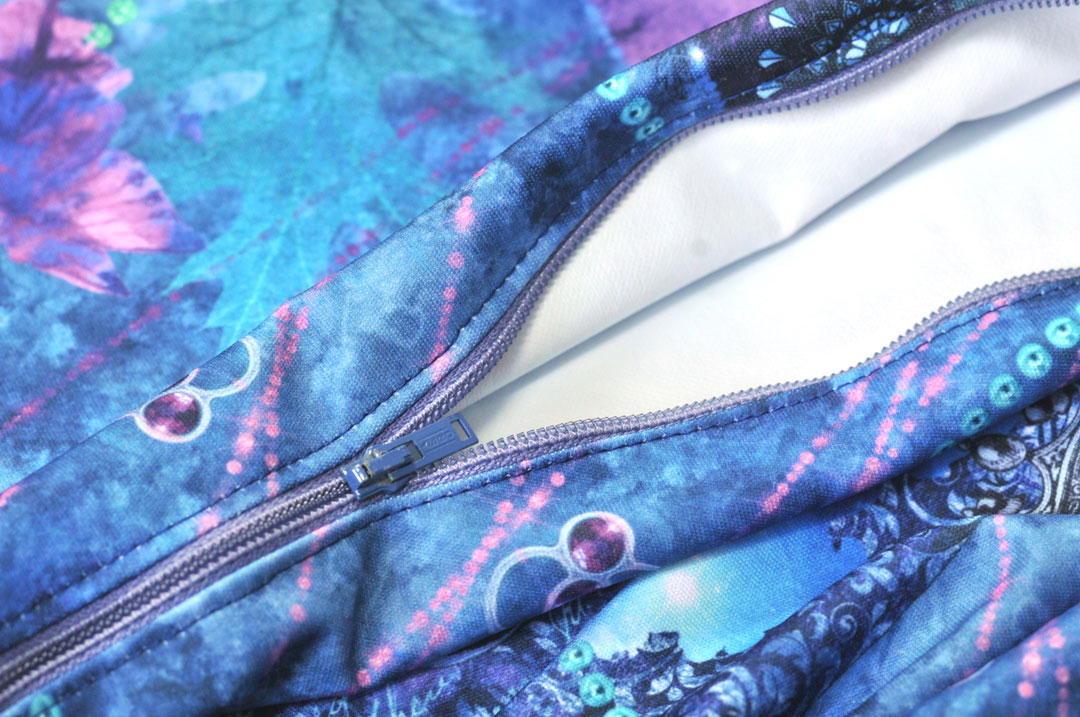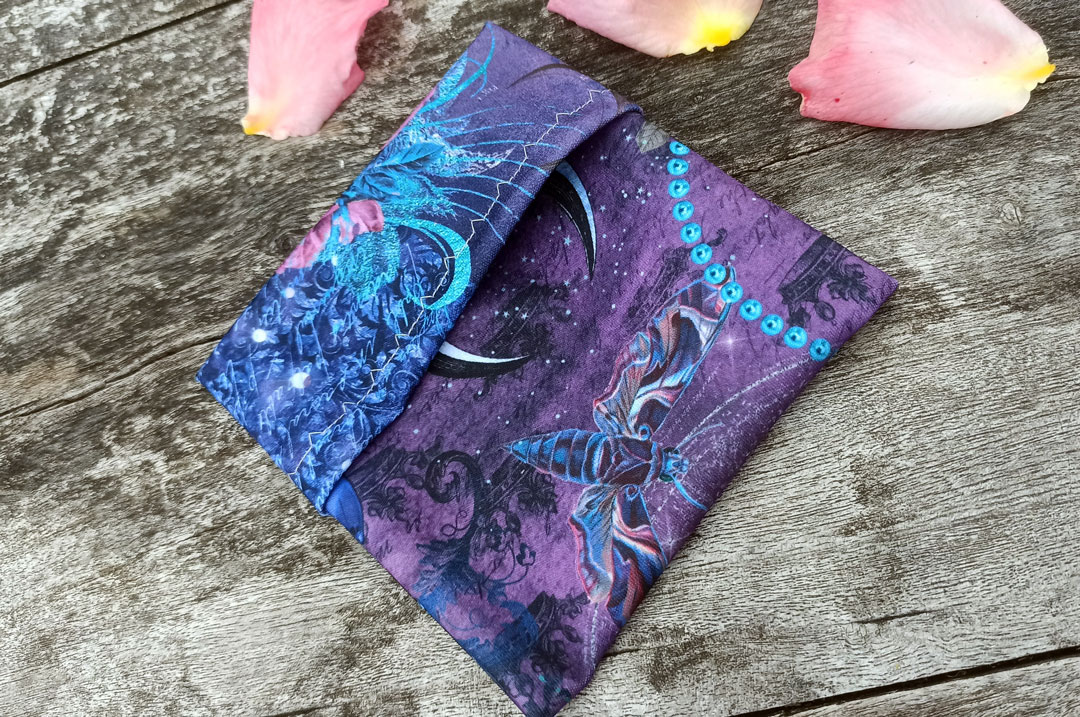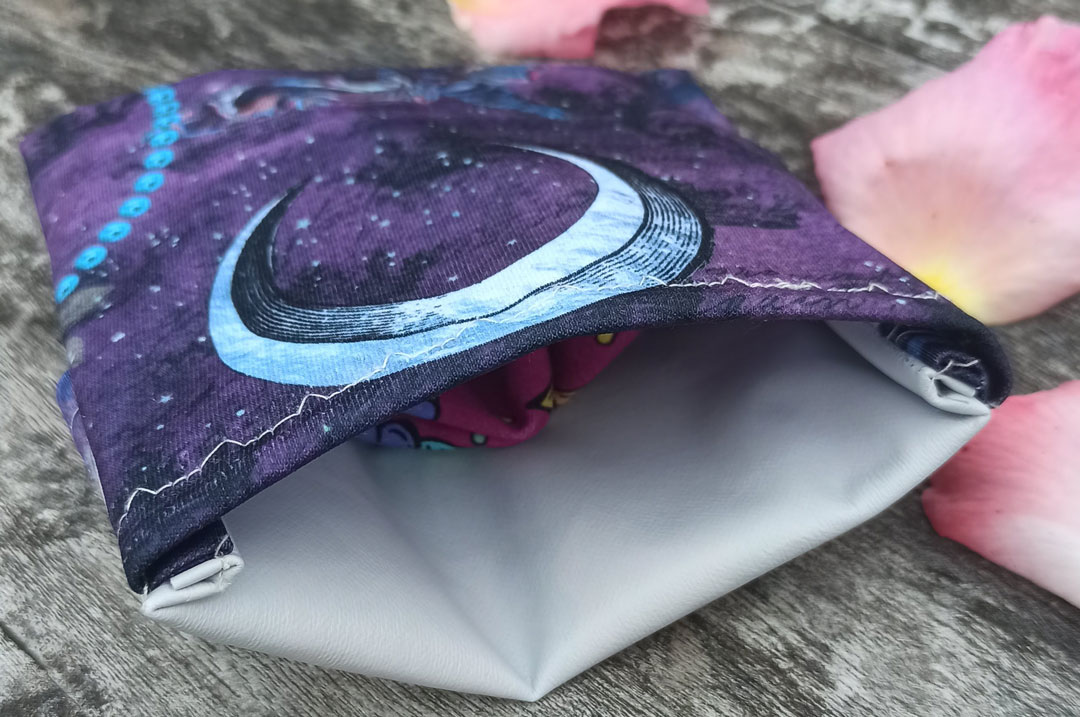What is PUL Waterproof Fabric?
PUL is usually made by laminating a thin layer of polyurethane to a lightweight interlock knit.The result is a fabric which has a little stretch and movement, so can be used for nappies. It can be washed at 60°C so is easy to clean. And it’s waterproof to boot. So it has a lot of great properties and is a versatile fabric, for sewing things like wet bags, make up bags, nappies, rain hats, puddlesuits, splash trousers, a desk or tablecloth, aprons and more!
If you’ve not sewn with PUL before, grab a swatch to have a feel and run through your machine. We’ve put some tips and tricks for sewing with it below.
Tips and Tricks for Sewing with PUL Waterproof Fabric
PUL fabric can be a bit tricker to sew with than a woven or knit, due to the polyurethane backing. So here are a few things to try to get it to run through your machine without any trouble.
1. SKIP THE PREWASH
We usually recommend that you prewash all of your stretch fabrics before sewing. As PUL has a laminated back, it doesn’t shrink the same and so you can get straight on with your projects.
2. USE PATTERN WEIGHTS
When you’re cutting your pattern out, use weights to hold your pattern in place and cut around it carefully. It can slip and slide about a bit, so a rotary cutter can also help here to make sure you’re as accurate as possible.
3. IRON WITH CARE
If you press or iron your seams during sewing, then it’s important to remember that this fabric will melt, especially the TPU laminate side. If you do iron it, then use a medium heat setting, only iron on the printed side, and iron through cloth by placing a scrap of cotton fabric on top of it.
4. CLIP DOn’t pin
You want to make as few holes as possible whilst sewing with PUL to maintain the water resistance, so use clips to secure it when sewing.
5. USE A BALLPOINT NEEDLE
As the fabric used in PUL is an interlock, then you should use stretch or ballpoint needles. One with a small gauge (e.g. 70) is ideal.
Sou’Wester Rain Hat by Twig + Tale sewn by Bombles and Mookin
6. USE A WALKING FOOT
Slippery and stretch fabrics can move about a bit whilst you’re sewing them. To make it easier for yourself, use a walking foot or a teflon foot. Another option is to use tissue paper underneath the fabric to give the feed dogs something to grab onto. This can be torn away after sewing.
7. USE A GOOD QUALITY POLYESTER THREAD
Definitely use a polyester thread. This fabric is designed to get wet. But if you forget to wash a damp wet bag for a day or two, you don’t want cotton thread getting mouldy. Polyester thread will prevent this. A good quality thread can also help prevent your machine from skipping stitches on tougher fabric.
8. USE A LONGER STITCH
If you’re struggling to start your seam off, then starting a little bit away from the fabric, or using a longer stitch can help to get things going.
9. DO NOT USE FABRIC CONDITIONER
You can wash PUL up to 60°C, which is great news if you’re using it for nappies! Don’t use a fabric conditioner or other stain removing treatments though, as they can weaken the laminated backing and reduce it’s water resistance.
10. PRINT YOUR OWN!
What could be more fun than having your very own PUL fabric design printed. If you can’t find a design you like in our back catalogue of designs, then we can print your own design or you can choose one from our extensive catalogue of stock designs. Get in touch for a chat about the options.
Self Drafted Wet Bag sewn by Bombles and Mookin
Mask Pouch sewn using our tutorial here.
